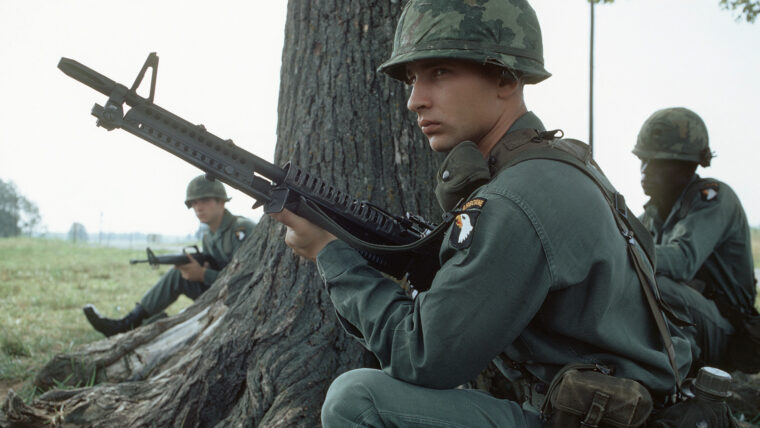
Latest Posts
The M60 Machine Gun in the Vietnam War
By Blaine TaylorThe time was early 1967, the place a crowded square over a body of water on a narrow bridge in downtown Saigon. Read more
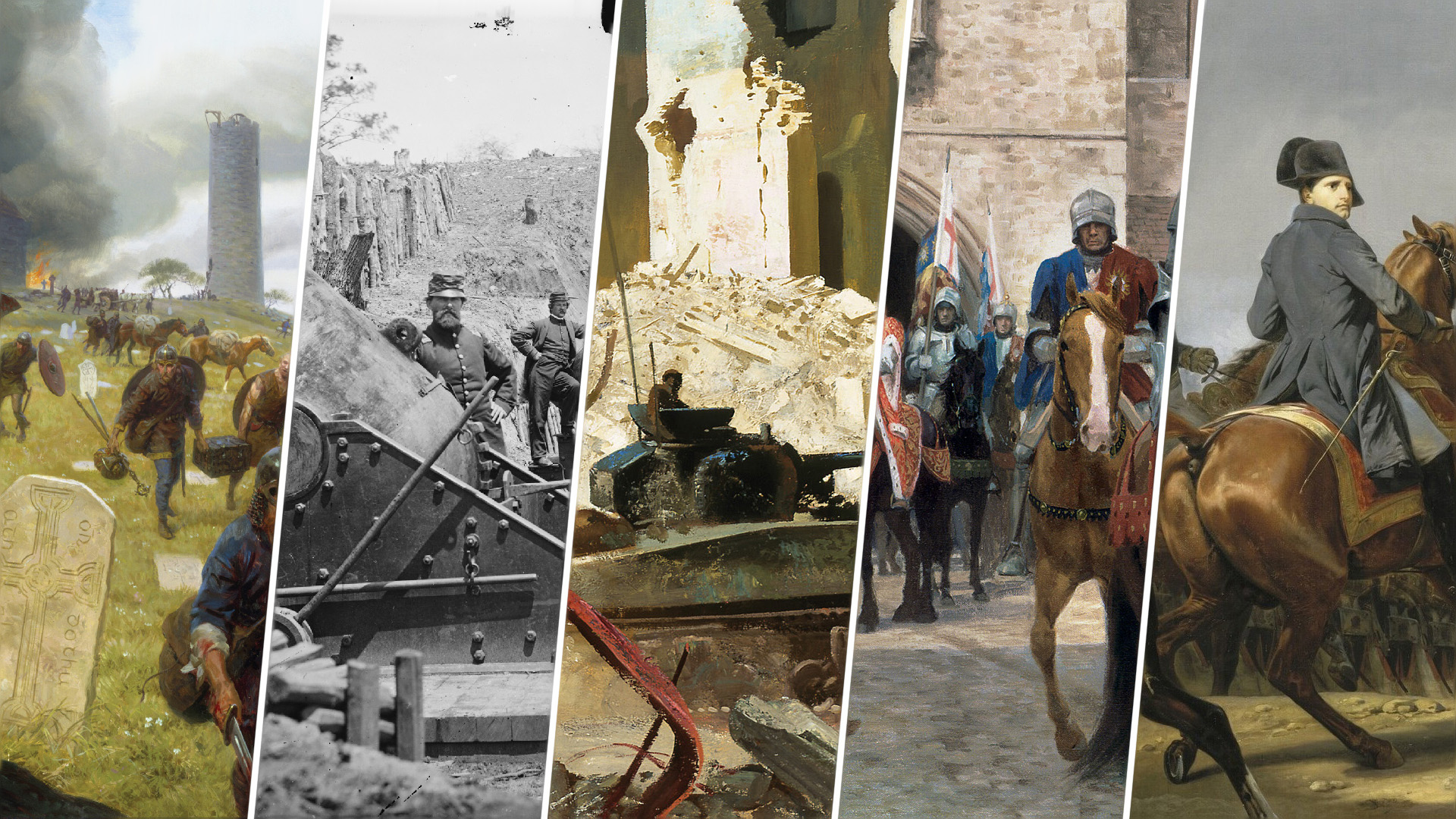

Latest Posts
The time was early 1967, the place a crowded square over a body of water on a narrow bridge in downtown Saigon. Read more
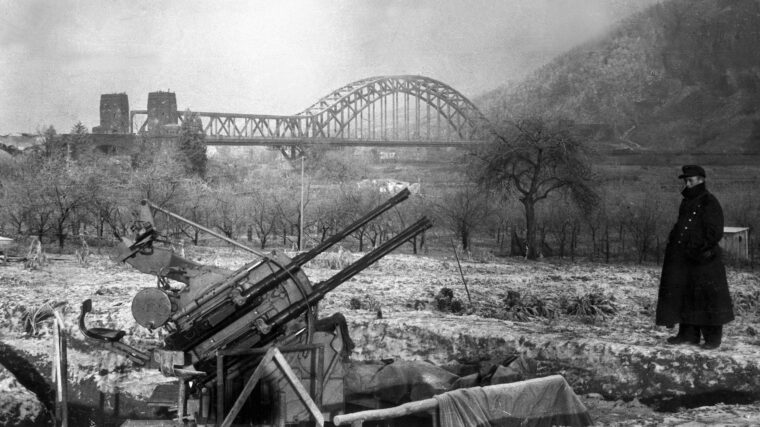
Latest Posts
It was March 7, 1945––a gray, overcast day with a nasty chill in the air, the kind of day in which a soldier at the front wished he could relax in front of a toasty fire with a canteen cup full of hot coffee and think about home. Read more
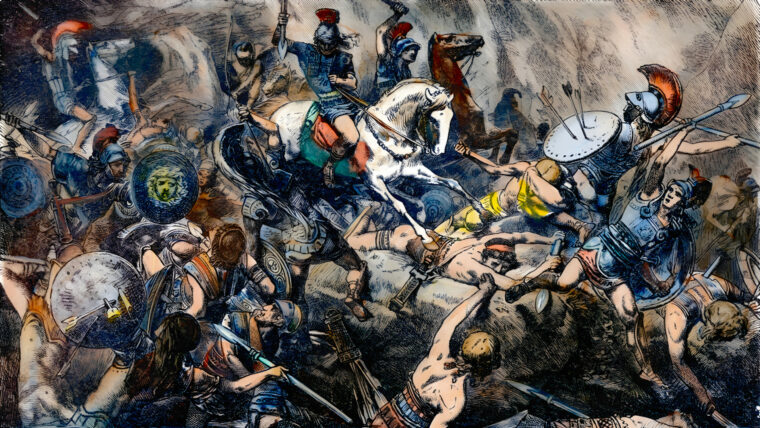
Latest Posts
The wars fought by Sparta and Athens in the fifth century bc pitted one city-state with ancient Greece’s greatest army against one boasting her most powerful fleet. Read more

Latest Posts
The U.S. Army trained dogs for a number of tasks during World War II. From checking for mines to guarding prisoners of war, the dogs performed admirably, but a few special dogs actually earned jump wings. Read more
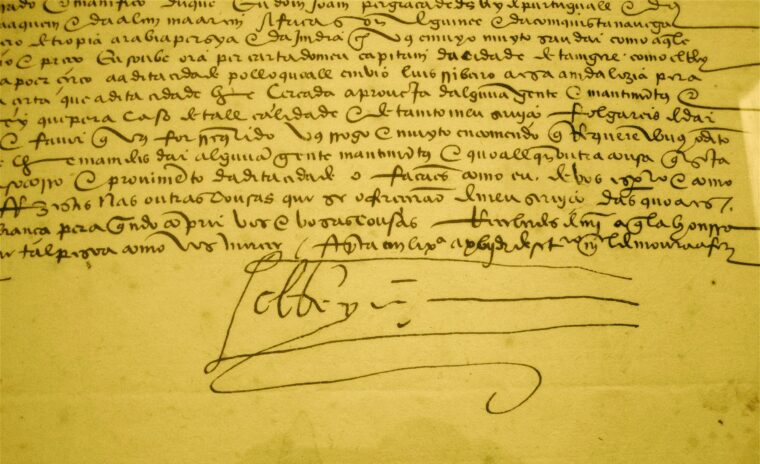
Latest Posts
Collecting handwritten documents and letters on military subjects is as long-standing as military history itself. By general definition, when a letter is written and signed by a person, it is considered a holograph (or autograph letter), but a document is something written by an official or servant and then signed by an important person. Read more

Latest Posts
The GIs defending Pillbox No. 9 watched in despair as a weak January sun set behind them. Read more
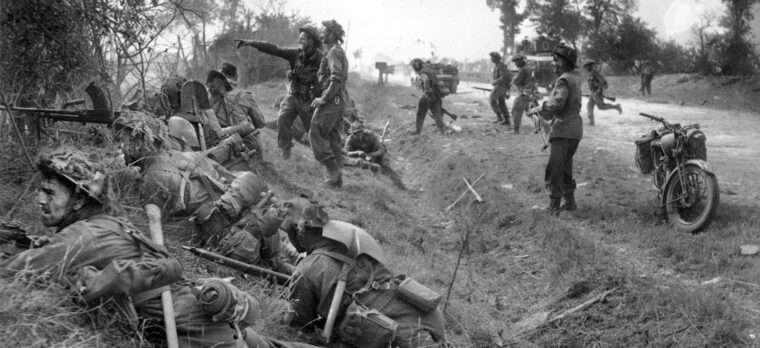
Latest Posts
The political and military reasons for launching Operation Goodwood have been discussed in virtually every book written about the Normandy campaign. Read more
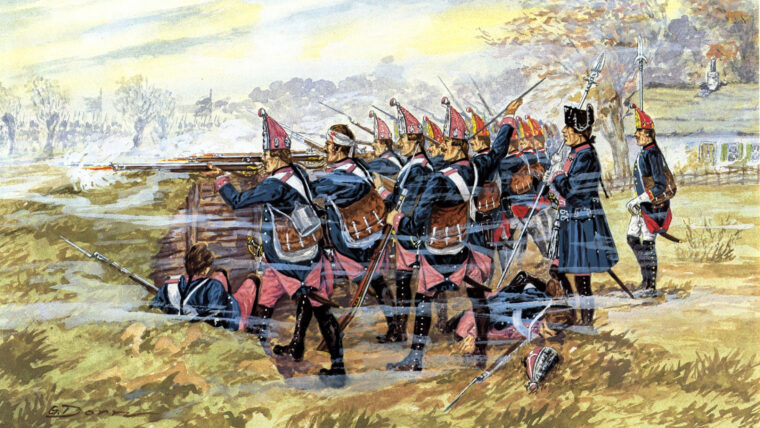
Latest Posts
Miter Helmet: The tall miter design dated from the 17th century, when grenadiers threw grenades and needed a hat that would not impede their throwing arm. Read more

Latest Posts
Betio is the main island of the Tarawa Atoll in the Central Pacific nation of Kiribati, formerly known as the Gilbert Islands. Read more
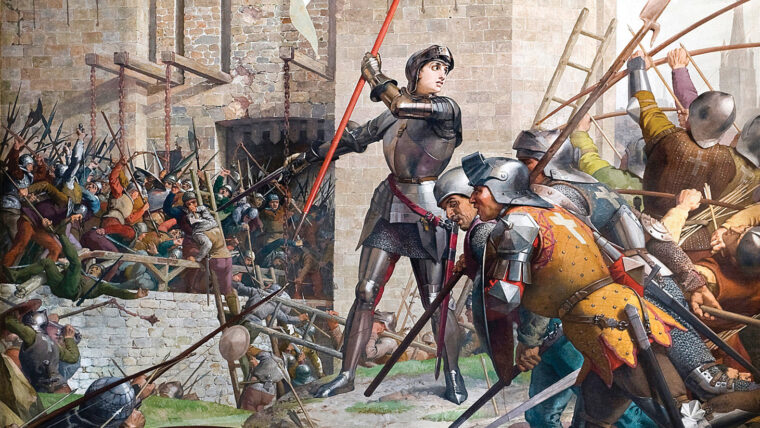
Latest Posts
In November 1455 a most extraordinary ecclesiastical court convened in the Cathedral of Notre Dame in Paris at the behest of the French Inquisition. Read more
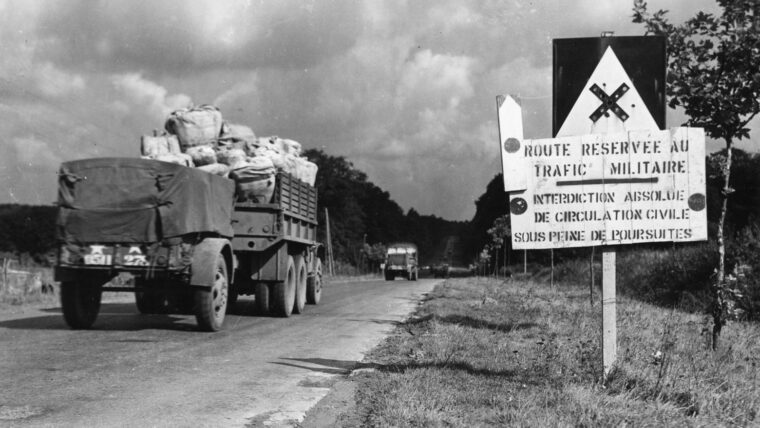
Latest Posts
While supply and logistics may seem like dull, dry topics, they are absolutely essential to military operations, for no victory can be achieved without a steady, uninterrupted flow of food, fuel, ammunition, clothing, medical supplies, and other key matériel. Read more
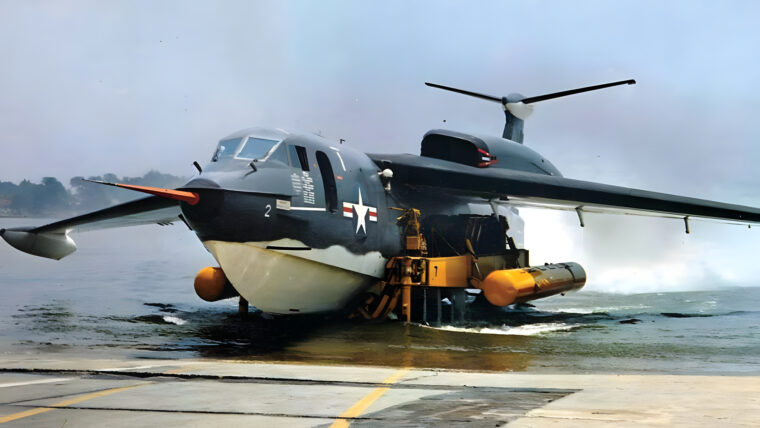
Latest Posts
The first few years after World War II were challenging ones for the U.S. Navy. Massive demobilization of personnel and rapid scrapping or retirement of ships created internal disruptions. Read more
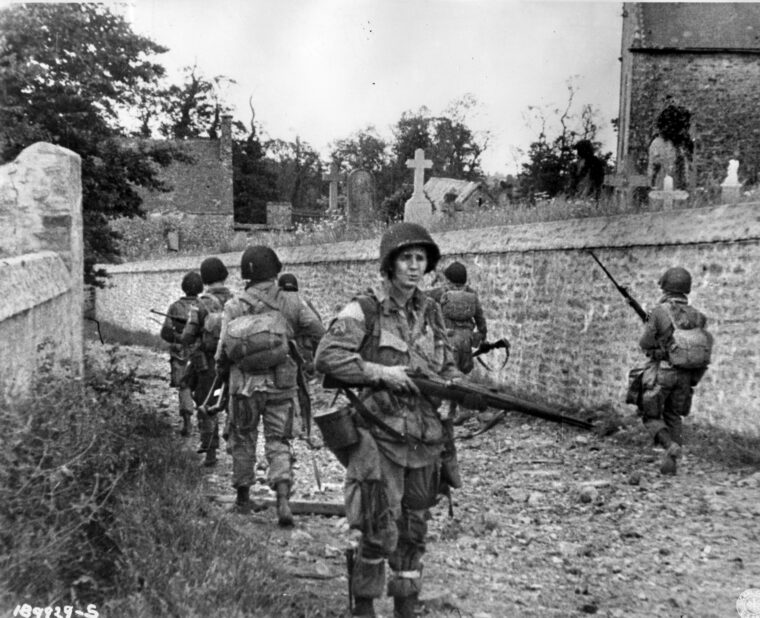
Latest Posts
Unlike many of the paratroopers in the U.S. 82nd Airborne Division, 1st Lieutenant John J. Dolan knew exactly where he was when he landed on June 6, 1944. Read more

Latest Posts
The crew of the HMS Alexandria waited anxiously for battle in the minutes before 7:00 am on July 11, 1882. Read more
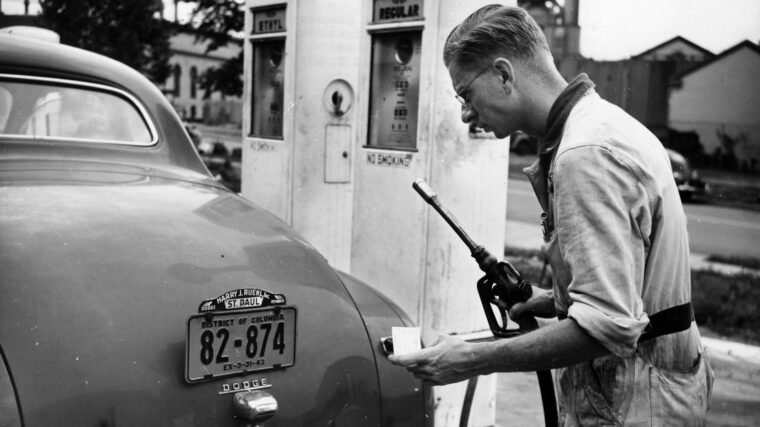
Latest Posts
In 1941-1942, British journalist Alistair Cooke traveled through the United States. In his description of his trip, American Home Front 1941-1942, he reported stopping for breakfast at a restaurant in West Virginia where, “the sugar was rationed at breakfast, and there was a note on the menu requesting that … in the interests of ‘national defense,’ keep to one cup of coffee.” Read more

Latest Posts
It is said that hard times create strong men. The first and second centuries bc were certainly a hard time for the diverse peoples of the ancient Near East. Read more
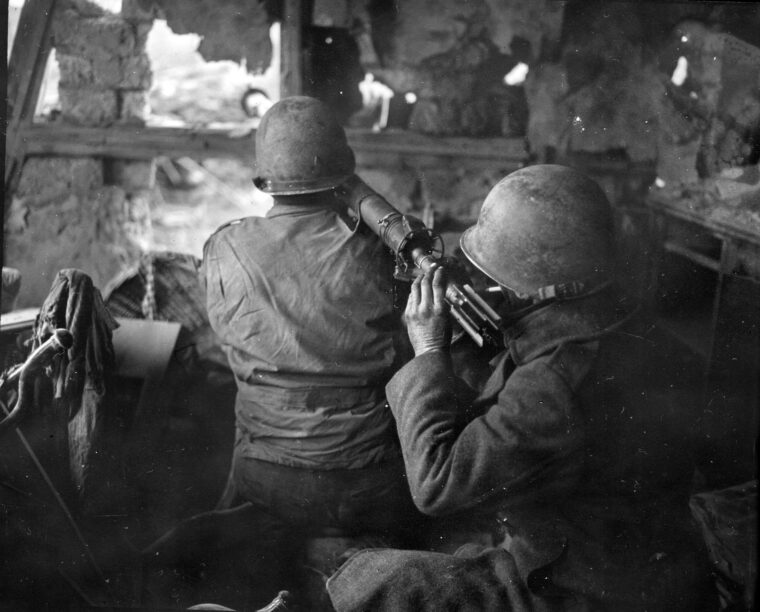
Latest Posts
Army commanders understand that the key to dealing with an enemy breakthrough is to slow the enemy’s advance and prevent the breach from widening—that is, “holding the shoulders.” Read more
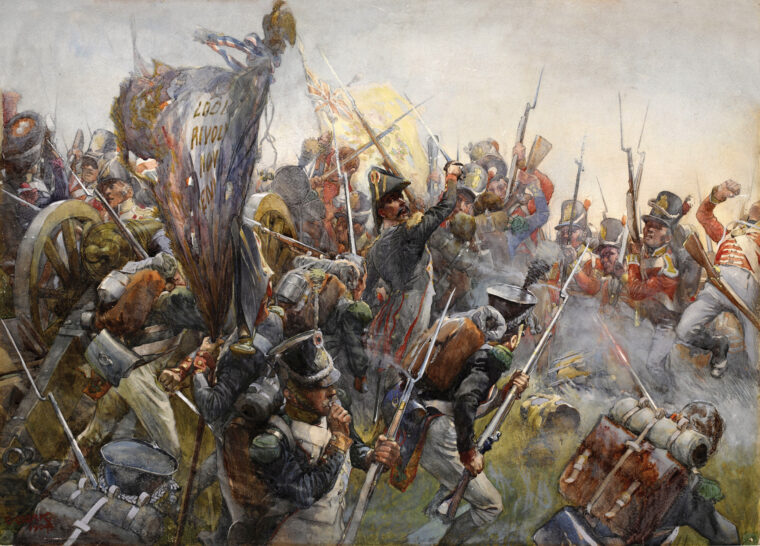
Latest Posts
Marshal Auguste Marmont watched intently as the left wing of his French army maneuvered against the Anglo-Portuguese army during the Battle of Salamanca at mid-afternoon on July 22, 1812. Read more
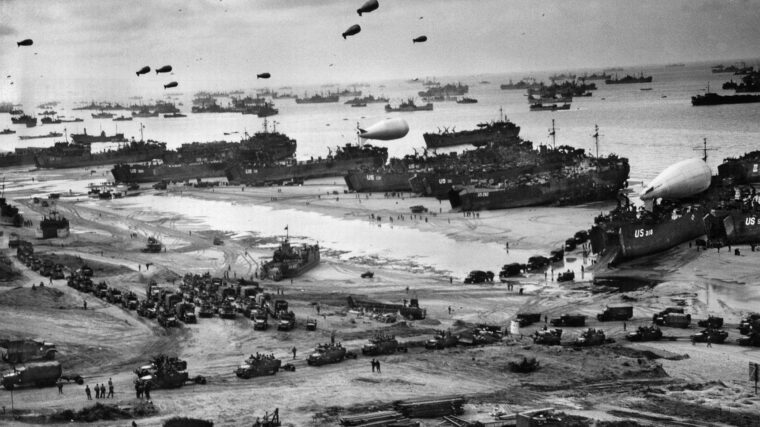
Latest Posts
In the predawn hours of June 6, 1944, the largest armada ever sent into war assaulted the coast of France at Normandy. Read more
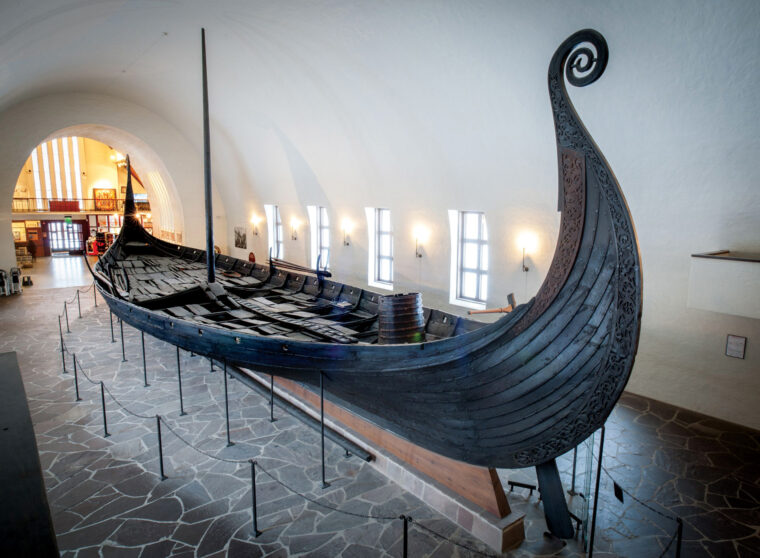
Latest Posts
In the first week of October 844, Emir Abd ar-Rahman II of Cordoba learned disturbing news: Vikings had captured Seville. Read more